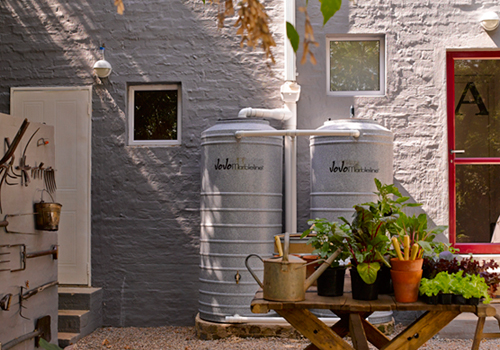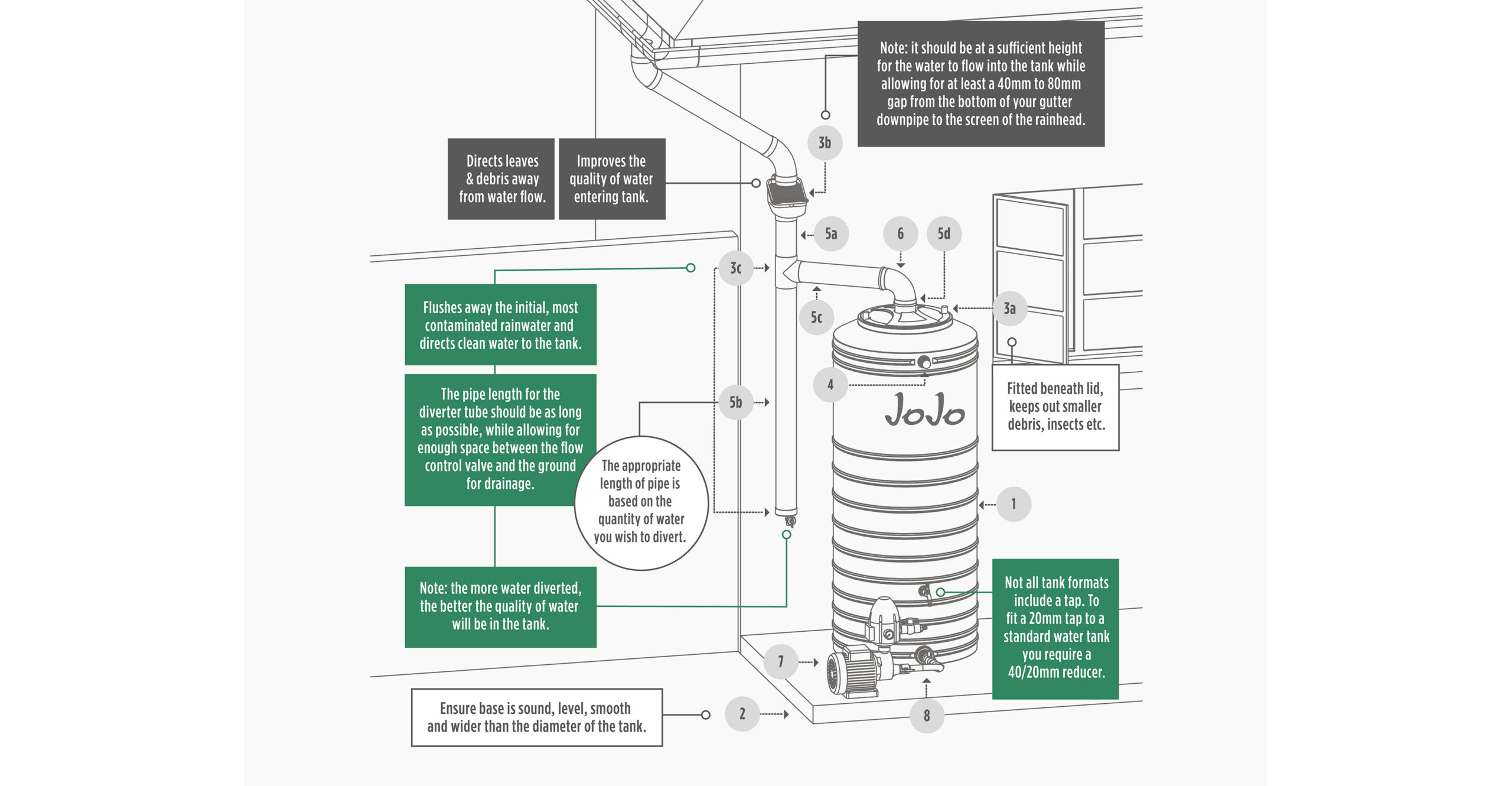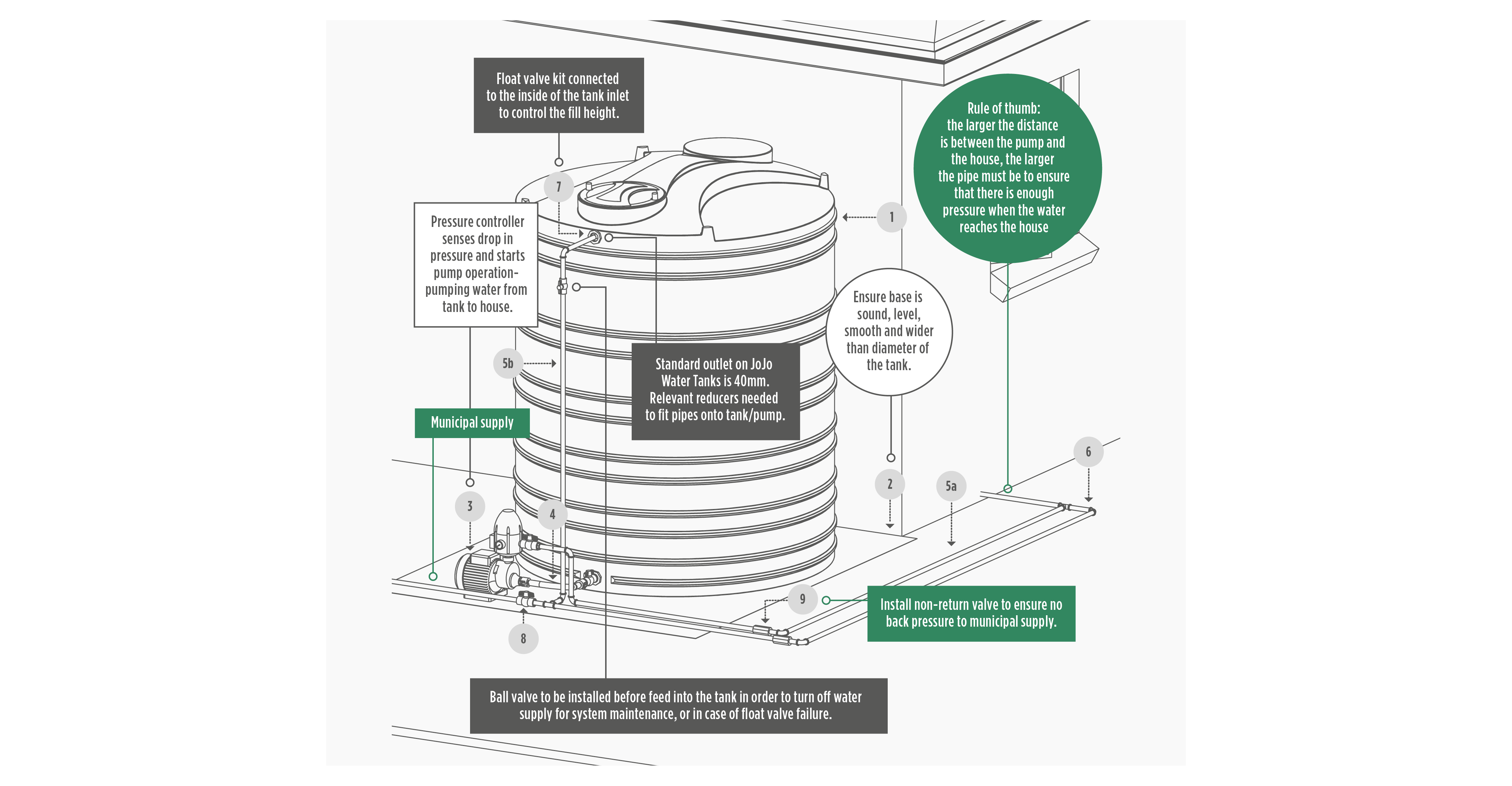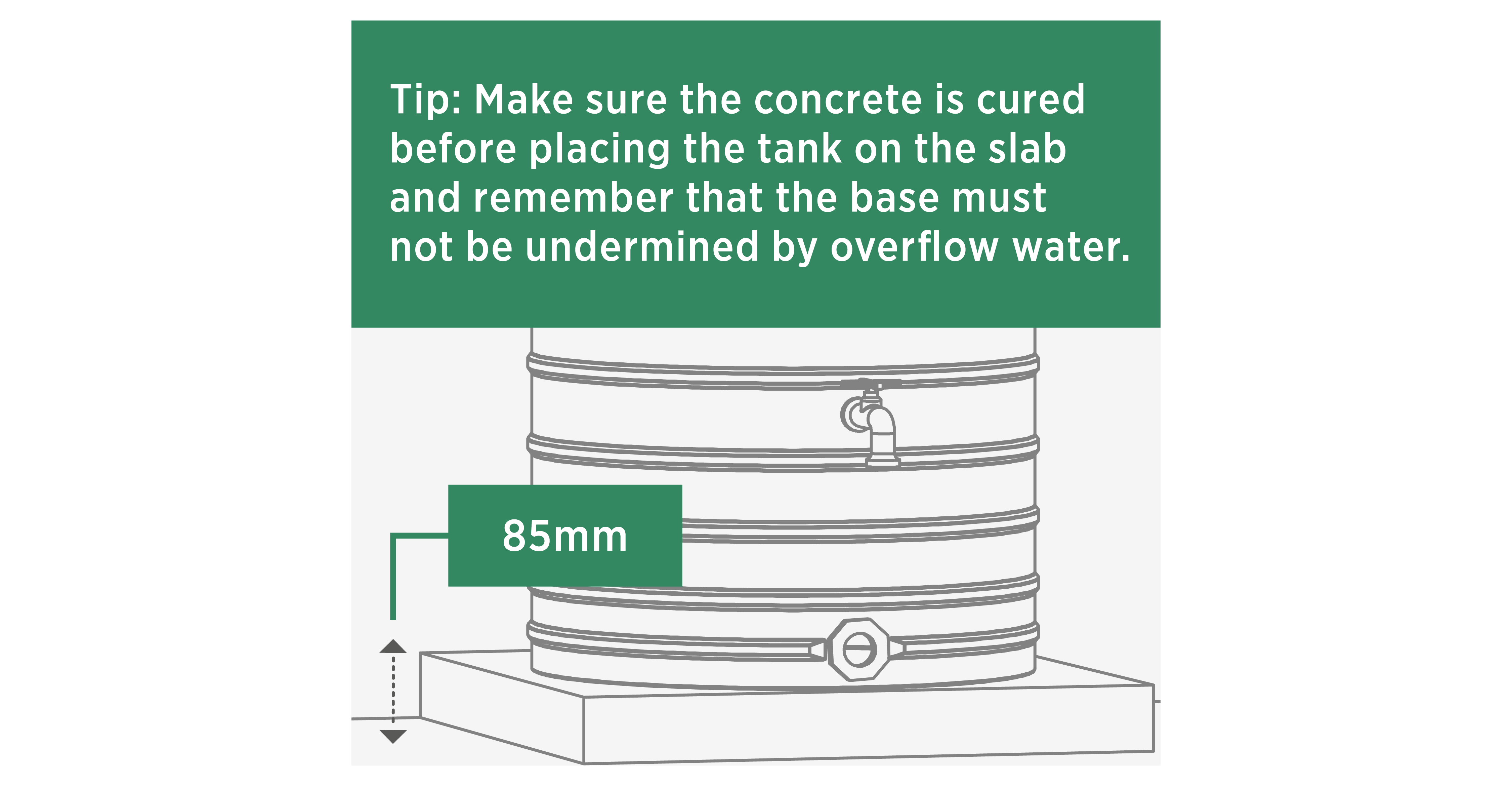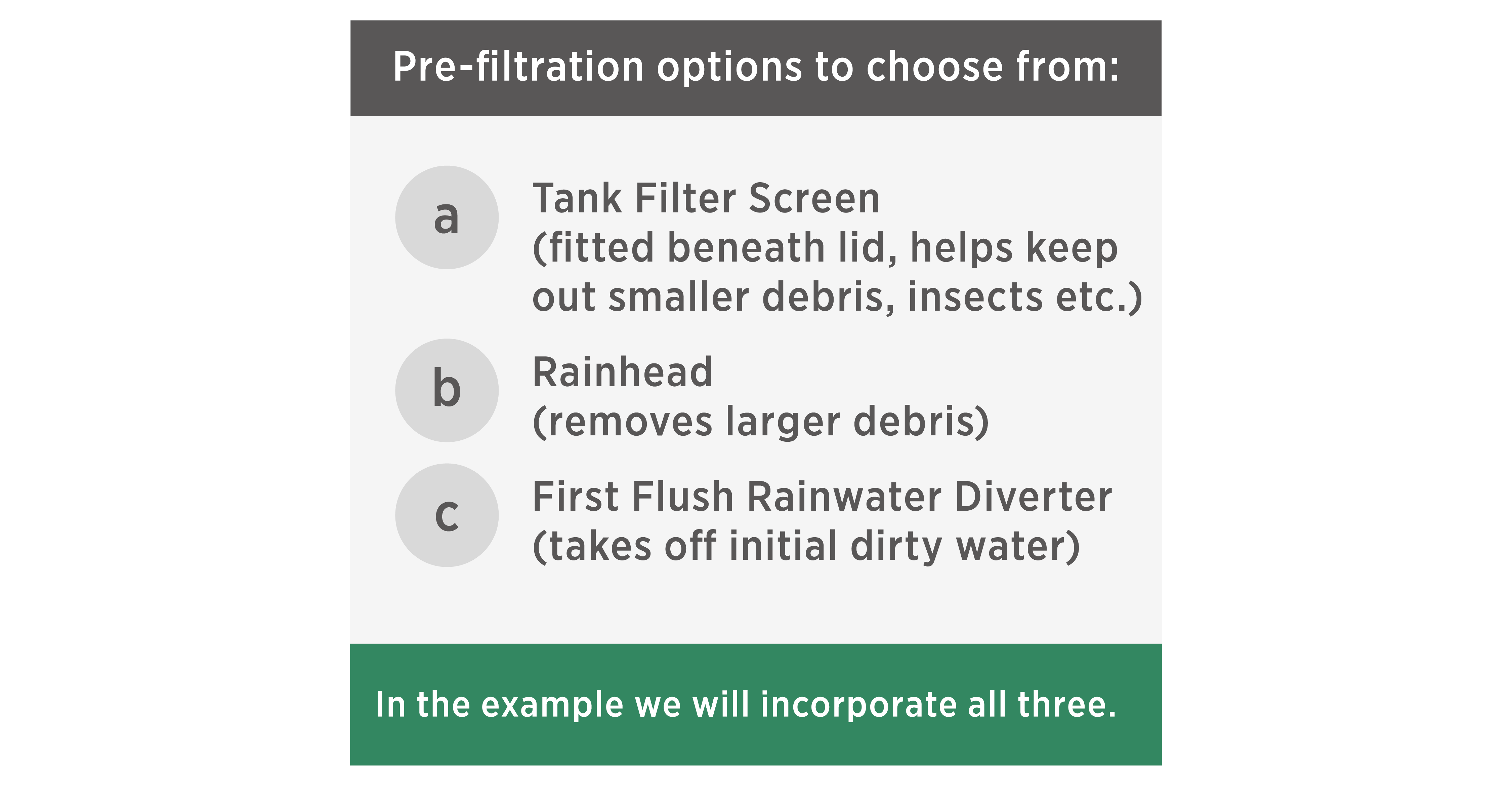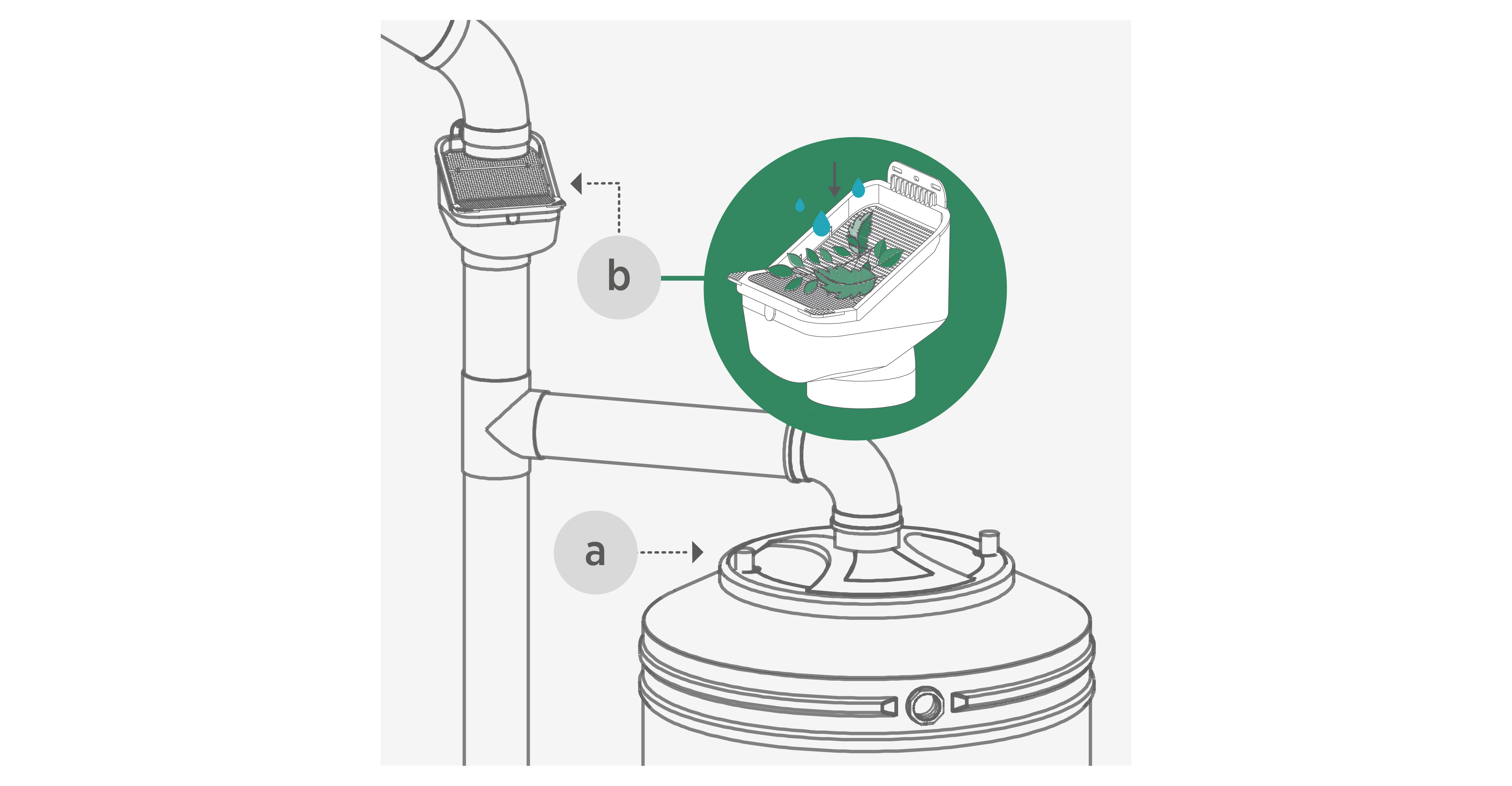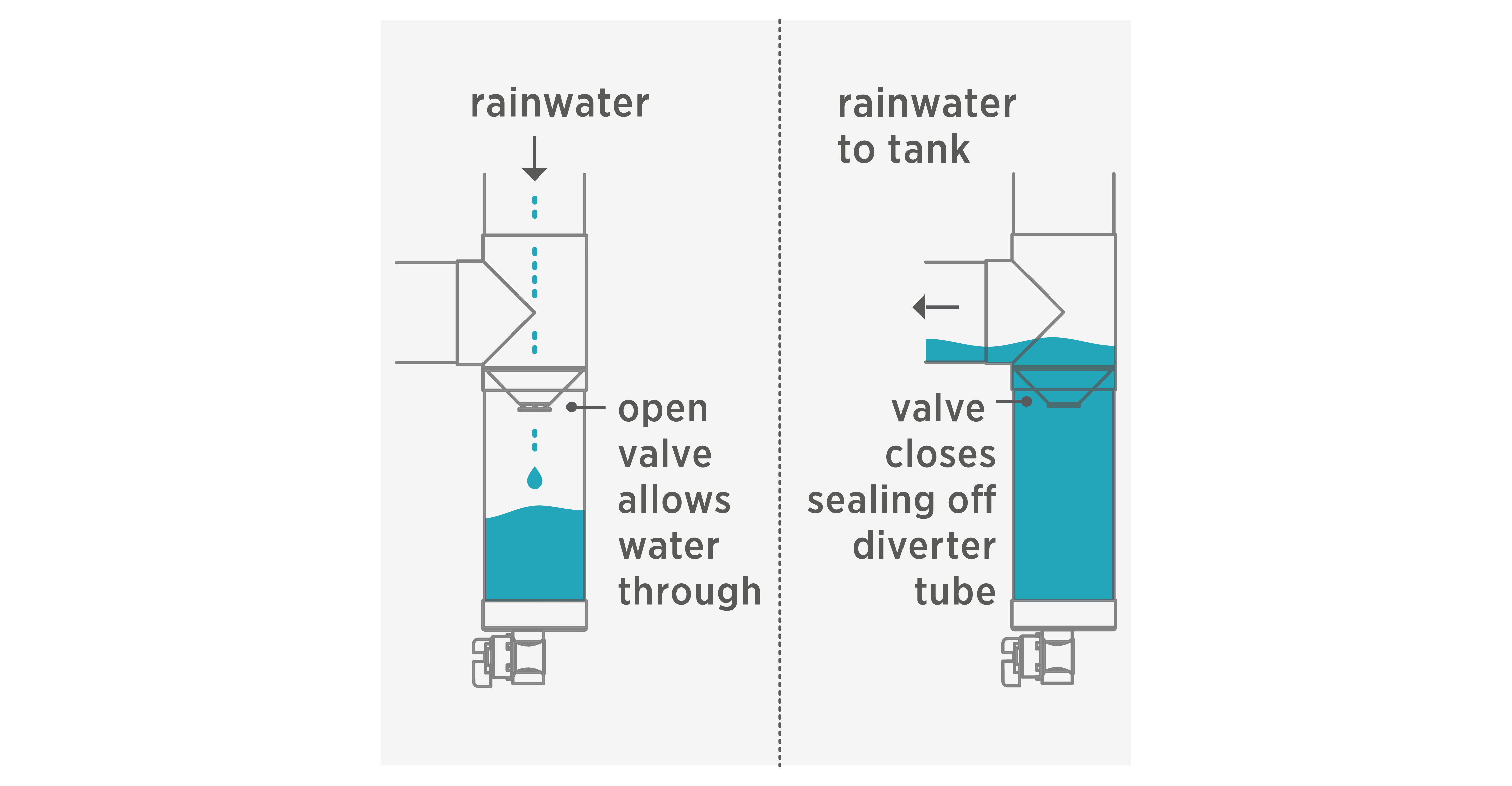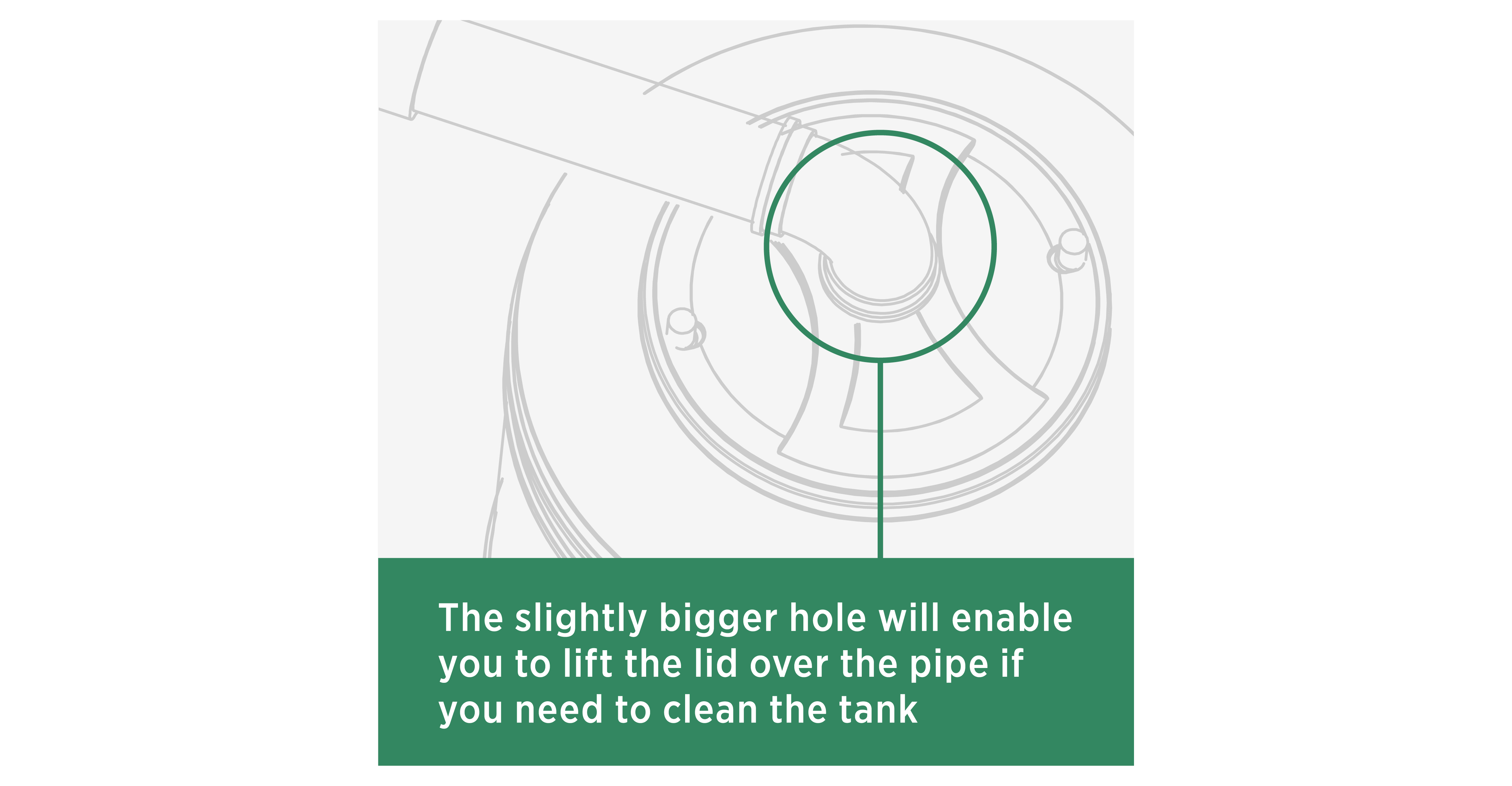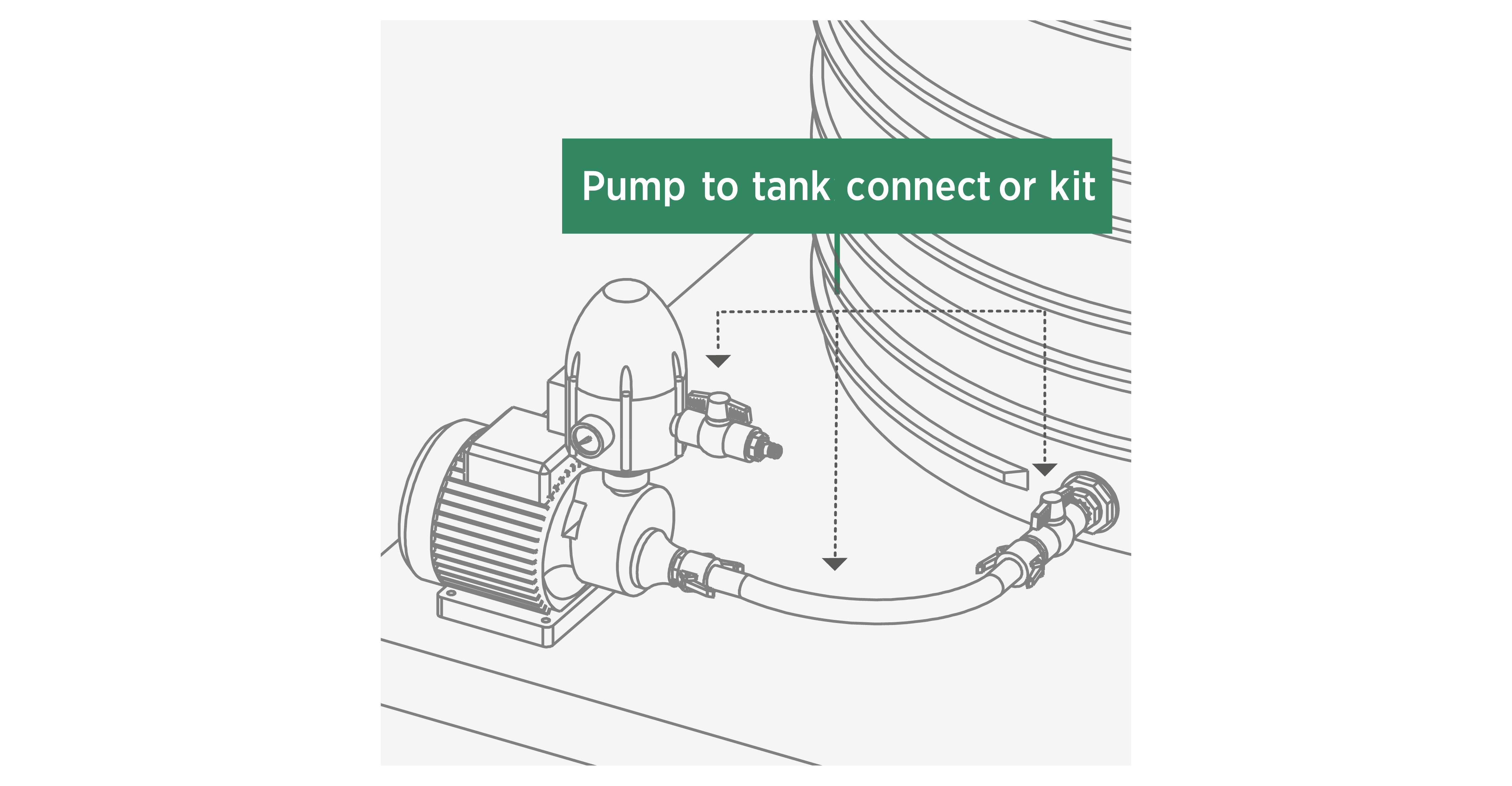Maintenance
Although rainwater systems are relatively maintenance-free, there are certain things that you should regularly undertake in order to prolong your system’s life, reduce the potential for damages and ensure you enjoy maximum benefits.
1. Rooftops
Rooftops should be cleaned regularly to avoid contamination of the runoff. Dust, leaves, animal excrement and dead insects accumulate on the roof during dry weather. It is therefore important to ensure that the roof is cleaned before the rainy season starts, followed by a monthly check to keep it clean.
2. Overhanging branches
See to it that branches overhanging the roof are regularly trimmed back.
3. Gutters
Ensure that gutters are free from leaves. It is a good idea to consider installing gutter mesh.
4. Pre-filtration
Regularly check the pre-filtration device(s) to ensure that it is free from leaves and that rainwater is able to pass through.
5. First Flush Diverter
If a First Flush Diverter is installed, check and clean it out on a monthly basis. Ensure that the diverter is dripping out sufficiently in order to reset the system.
6. Keeping your tank clean
Inspect the inside of your tank every 3 months to make sure that leaf litter has not built up at the bottom of the tank. A properly designed system should not allow leaves and other material to enter the tank.
7. Water Quality
Remember that water collected from your roof will not be clean. If you intend to use the rainwater for drinking purposes, consult an installer with experience in installing water filtration systems. For irrigation purposes, however, this water is ideal.

